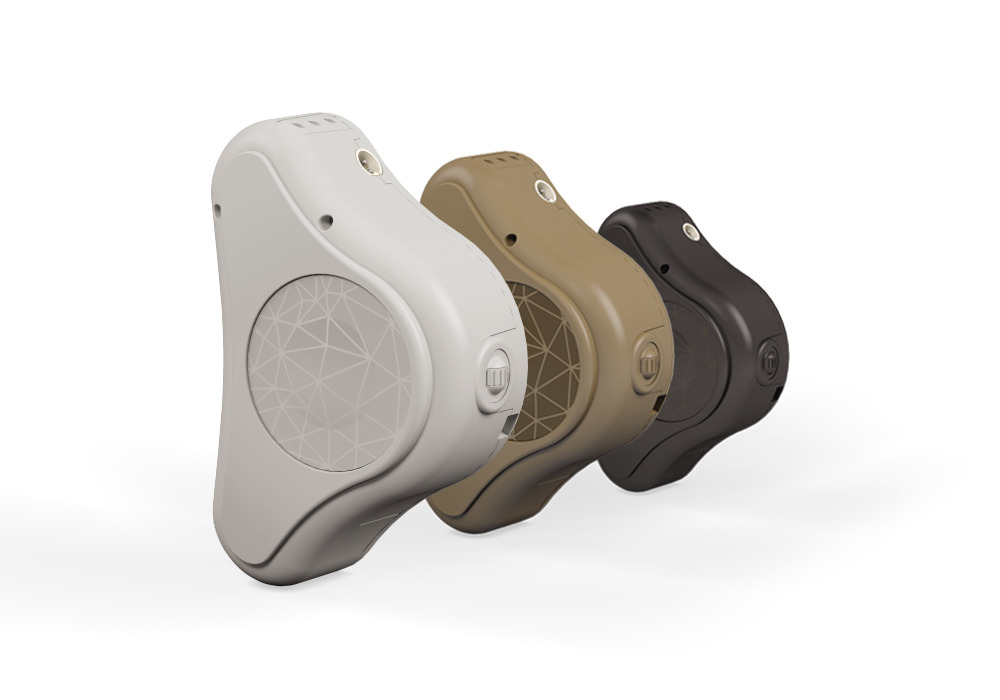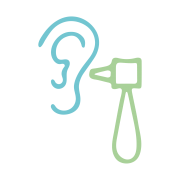
Paediatric Audiology Services
Does my child have a hearing loss?
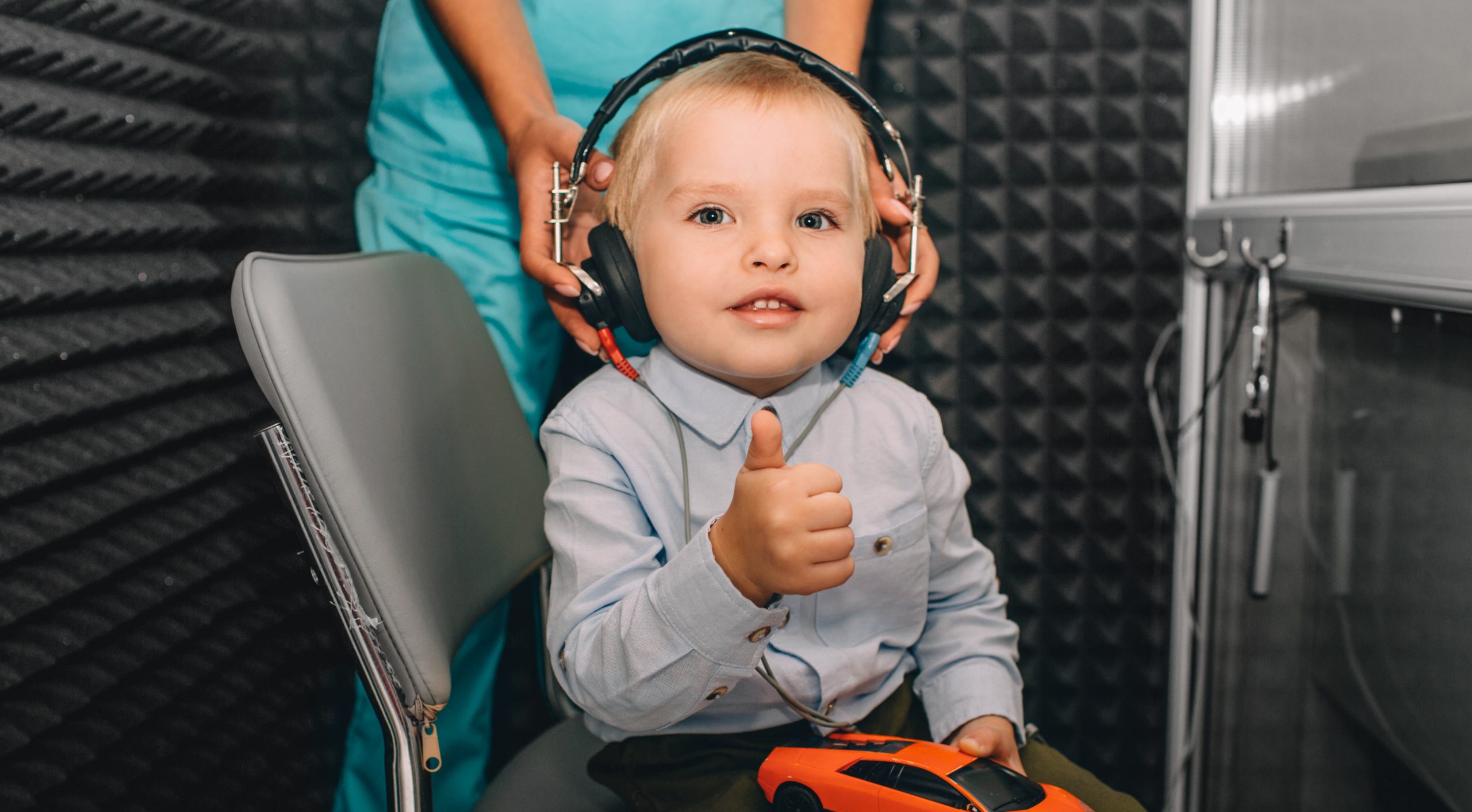
A hearing problem is not always obvious, particularly in young children. There are different degrees and types of hearing impairment.
Although a child may respond to some sounds around the home, they may not be able to hear all the sounds that they should be hearing.
A child who has difficulty hearing may not respond to you when you are out of sight, may not respond to quiet sounds (but will respond to loud sounds), or may have more difficulty hearing in noisy places, for example in shops. Changes in a child’s behaviour can also indicate a hearing difficulty.
Sometimes a child will not respond because they are not paying attention. However, it is essential to note if inconsistent responses are due to an inability to hear. Our skilled and professional team work together to support paediatric patients from pre school aged and school aged, and on to our adult audiology services.
At Gatwick Audiology our team will use different types of assessment to try and assess how well your child can hear. We use a range of tests which use different ways to build up a total picture of your child's hearing. The tests used depend on your child's stage of development and hearing must be tested in quiet conditions.
Some assessments require your child to be alert, co-operative and “play listening games” with a member of the team, and other assessments may require your child to be quiet or still or asleep while the assessment is carried out.
Contact us to find out more at hello@gatwickaudiology.co.uk or call 0333 011 7717.
Find out more about our Paediatric Audiology Services for Pre-School Aged Children by watching the video.
Watch the video to find out more about our Paediatric Audiology Services for School Aged Children.
This video explains why we produce wax and how it can be removed safely using iClearsuction.
iClearsuction is a very safe and effective way to remove wax and can be used in children and adults.
With this technique, a microscope is used to look into the ear, and a special suction device is used to gently remove the wax and has been used by audiologists for many years and is one of the safest methods of wax removal available with a much lower risk than traditional methods such as ear syringing.
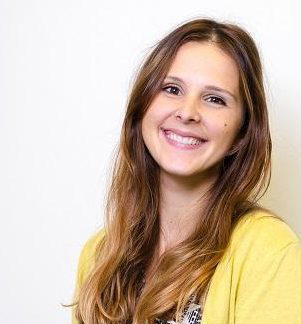
Paediatric Specialist Audiologist
Our Paediatric Audiology Services are led by our Paediatric Specialist Audiologist, Vanessa Gomes, BSc in Clinical Audiology and MSc in Advanced Audiology from University College of London (UCL).
Vanessa joined the Gatwick Audiology team to offer Paediatric Audiology assessments to preschool children based at our Pulborough Ear Care Centre. She obtained her four years BSc in Clinical Audiology in 2011 from Escola Superior de Tecnologias da Saude do Porto (ESTSP), Portugal, and completed her master’s degree in Advanced Audiology from UCL in 2021. She is currently registered with the Registered Council for Clinical Physiologists [RCCP].
Further Support
If you require further support, there are a number of support groups based locally and nationally. Including The National Deaf Children's Society (NDCS) which is the leading charity dedicated to creating a world without barriers for every deaf child. They provide free, impartial and unbiased information to families, empowering them to make informed choices for their child. Further information on NDCS can be found at http://www.ndcs.org.uk
Glue Ear in Children
A common ear complaint with young children is Glue Ear which occurs when fluid has built-up inside the middle ear, preventing the ear drum from moving freely. This leads to sound no longer being able to pass through the ear as efficiently as it should, resulting in the loss of hearing in one or both ears.
Paediatric Grommet Surgery
The condition affects around 7 in 10 children before the age of 7 and can have an impact on the child’s speech development, their behaviour, and, as a result, their educational development. For most children, glue ear improves on its own within three months and the child’s hearing improves as fluid drains from their ears.
What causes it?
Colds and flu, allergies and passive smoking can all play a part in someone suffering from glue ear. Children with cleft lip and palate, or with genetic conditions such as Down’s syndrome, may be more susceptible. Many children suffer from the condition when they have a heavy cold but, positively, the symptoms of will clear up naturally once the cold has gone.
How is glue ear treated?
If a child is found to have the condition, they should have a hearing test to establish the level of hearing problems. If the condition is confirmed alongside hearing loss, it is a good idea to try the Otovent balloon®. This simple device can be bought from us here - https://gatwickaudiology.co.uk/product/otovent-balloons/ and uses a balloon that the child blows up with their nose. Doing this regularly has been shown to help some children with glue ear get better.
If the condition does not get better after three months and another hearing test continues to show hearing loss, then the child will usually be offered grommet surgery or, in some cases, a hearing aid or with the temporary use of an ADHEAR. Further details can be found below.
ADHEAR Bone Conduction System
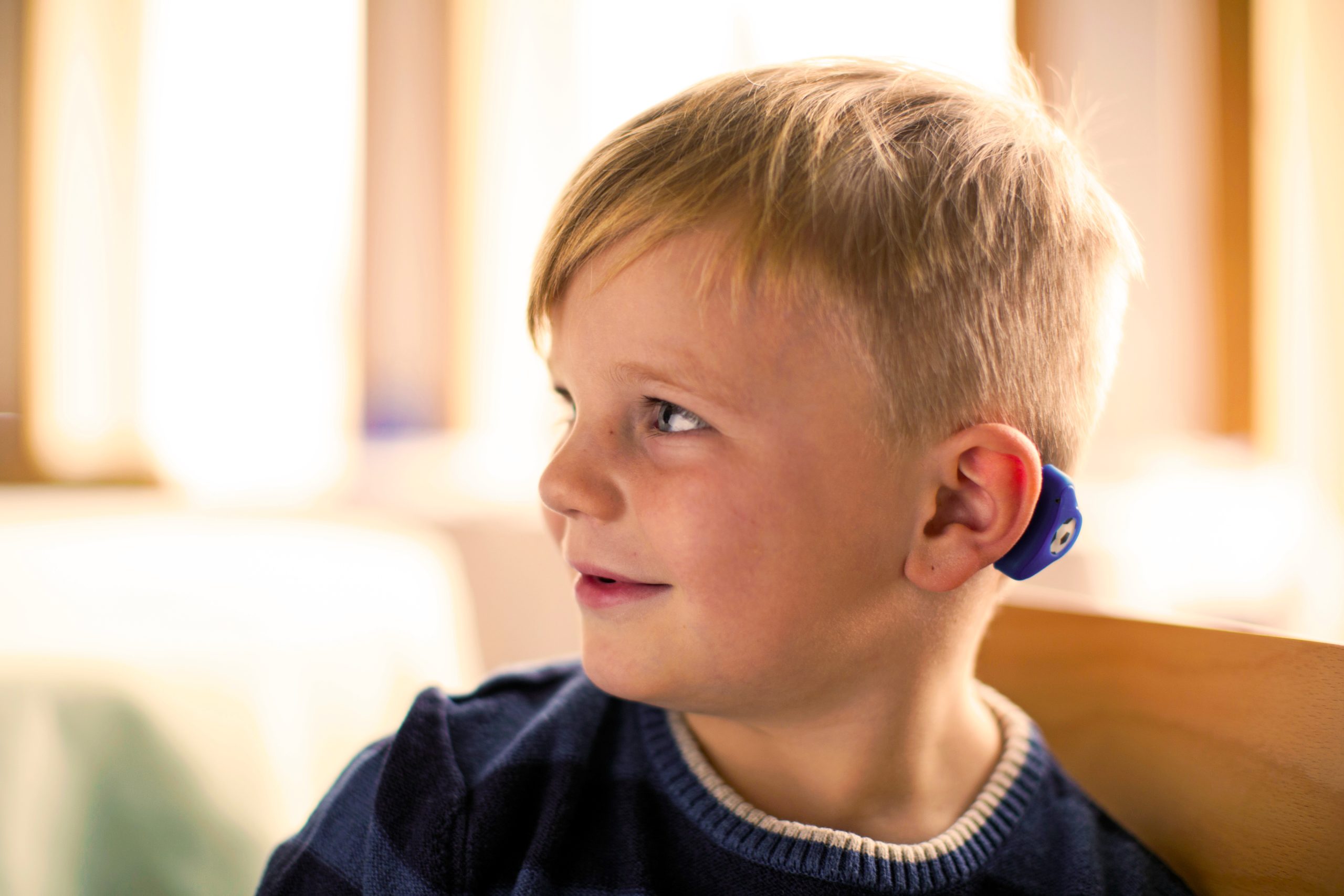

ADHEAR is a great non-surgical device which is available from us on a loan arrangement for children who may need it for a period of a few months until their surgery is complete. It is aimed at children with a conductive hearing loss. Microtia, Atresia and can also be used as a temporary solution for children with Glue Ear. Suitable for all ages, it also has a lockable battery door meaning it can also be used for babies too.
Unlike some bone conduction devices, you don’t need any surgery before using ADHEAR. You can simply stick on ADHEAR and start hearing immediately. This also means that you can try it out in the clinic to be sure it is the right hearing device for you before making a long-term commitment.
ADHEAR is only 34.9mm tall and fits behind the ear, with no pressure on the skin, its comfortable to wear all day long. It’s easy to hide it discreetly under your hair. Both the audio processor and the adhesive adapter are available in neutral shades, so you can make it blend in with your natural hair and skin tones. But if you want to show off your audio processor, then the eye-catching ADHEAR stickers and sleeves are the accessories for you. There are different colours and designs to choose from, so you can make your ADHEAR match your style.
ADHEAR is also suitable on loan for Adults who have a conductive hearing loss. Contact us to find out more or ask for more information about ADHEAR at your appointment. Book an appointment on 0333 011 7717 or email us at hello@gatwickaudiology.co.uk.
